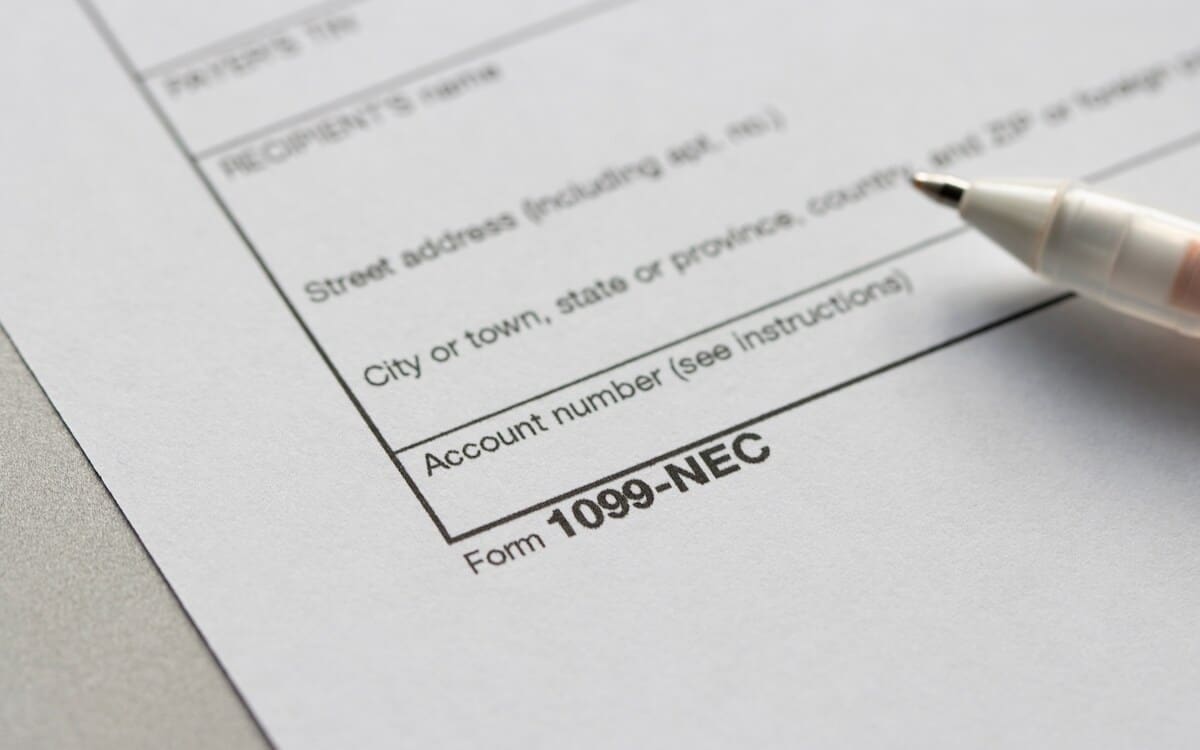If you use your car for business, charity, medical or moving purposes, you may be able to take a deduction based on the mileage used for that purpose. Certain taxpayers can deduct mileage for the 2025 tax year (taxes filed in 2026), so it is crucial to understand the rules and requirements around the rates. Given current economic factors like fuel prices and inflation, utilizing the IRS mileage rate for 2025 effectively is more important than ever for businesses looking to save money.
The federal standard mileage rates for 2025 are:
- 70 cents per mile for business use
- 21 cents per mile for medical or moving-related costs (military only)
- 14 cents per mile for charitable organizations
Learn more about 2025 IRS mileage rates, when they’re appropriate to use, how to claim them and other essential tips for maximizing your deductions.
What is the IRS Mileage Rate for 2025? An Overview
On January 1, 2025, the federal mileage rate increased to 70 cents, up from 67 cents per mile last year.
This rate applies to electric and hybrid-electric automobiles as well as gasoline and diesel-powered vehicles. The standard mileage rate for business use is based on an annual study of the fixed and variable costs of operating a car.
The rate for medical and moving-related driving is based on the variable costs. In 2025, the rate is 21 cents per mile, remaining unchanged from 2024.
Charitable organizations get a set rate of 14 cents per mile.
Using the Standard IRS Mileage Rate 2025
If you are in your car driving for legitimate business purposes in 2025, you can deduct 70 cents per mile from your taxable income. This number for businesses continues to increase year over year. But it’s not just about knowing the 2025 IRS mileage rate—you must understand how the rates are calculated and how to apply them for maximum potential savings, which is always top of mind for businesses, but especially now, given current economic factors.
Of course, using the standard mileage rate is optional. The rate takes into account factors such as gas prices and general wear-and-tear costs associated with using a vehicle for business operations.
The other option available is a lot more cumbersome for those who use their cars for both personal and business use. You must track actual costs associated with fueling and maintaining any vehicles used for business activities. Individual gas receipts and a comprehensive mileage log showing every mile driven and its purpose must be kept.
Claiming Mileage on Your Business Taxes in Just a Few Steps
If you use your vehicle for business, the IRS allows you to claim a mileage deduction to reduce your taxes. There are a few simple steps to the process.
Deducting Business Expenses
The first step is identifying which expenses can be deducted. To ensure these deductions are accurate, keep a log of all miles driven for work-related tasks during the year. This includes commuting but also trips between client meetings or other official errands.
This information is needed when filling out Form 1040 at tax time. You will multiply your total business miles by the 2025 IRS mileage rate, unless you go the route of itemizing your vehicle expenses, in which case you would put down your actual expenses.
Tracking Your Mileage
Maintaining a detailed mileage log for business, medical or moving purposes is essential not only for obtaining accurate deductions on taxes, but also to show transparency with the IRS.
To maintain a mileage log, you can either use a physical notebook or download an app like MileIQ or Hurdlr that automatically tracks distances and helps streamline the entire process. Details needed for the log include:
- Date driven
- Destination
- Purpose
- Odometer readings
- Miles covered
Make it a habit to input these details right after a drive. If you wait until tax season it may be too much of a hassle to ensure all driving costs were accurately accounted for. And that’s a missed opportunity to save money during a season of high fuel prices and high inflation.
Understanding Different Uses and Their Rates
Knowing the IRS mileage reimbursement for different uses can save you money. The IRS mileage rate for 2025 takes into account vehicle costs like gas prices, lease payments and general maintenance and wear-and-tear.
- Moving Expenses for Qualified Active-Duty Members: Active-duty members who are relocating due to a military order can take advantage of the federal mileage rate for moving expenses, which is still 21 cents per mile in 2025. With cross-country drives or multiple trips, these miles can add up.
- Charitable Mileage Deductions: Driving your car for charitable organizations also can get you deductions. But unfortunately, the charitable mileage deduction rate was set by Congress in 1998 and will not change due to macroeconomic factors like inflation and high fuel prices.
- Additional Changes and Updates for 2025: In addition to the standard federal mileage rate, the maximum vehicle value was also updated. It is now $61,200 in 2025, down from $62,000 for the 2024 tax year. This means that $61,200 is the top cost of an individual vehicle that a business can use to depreciate an automobile, truck or van if purchased in 2025. Gas prices, inflation rates, and continued supply chain issues are among the factors influencing these adjustments.
Maximizing Your Deductions and Savings
Car expenses can be a significant deduction on your tax return. But should you track every gas receipt or just stick with the business standard?
The key to maximizing deductions is choosing between actual expenses and the 2025 IRS mileage rate. Self-employed individuals and those with mixed-use vehicles should be particularly conscious when reviewing their options.
Choosing Between Actual Costs and Standard Mileage Rate
If you are on top of the critical information you need to prepare for tax season, calculating actual expenses might net more savings for you. A checklist would be ideal to monitor all auto-related outlays—rental fees, registration charges, insurance premiums and all fuel and maintenance costs—which are needed to maximize your tax savings.
On the flip side, the standard federal mileage rate is simpler and requires less record keeping while still providing substantial deductions. Business owners must choose one method in the first year of business use, but after that initial choice has been made, you are allowed to switch methods each year if needed.
Find Tax Expertise for Your Business
Paro’s exclusive network of freelance finance experts can make tax season less overwhelming. Whatever tax deductions you’re looking to navigate, like the 2025 IRS mileage rate, Paro’s tax experts, tax preparers and certified CPAs have the niche expertise to help businesses save money and—just as important—time.
Contact Paro today for a free consultation and learn more about how we match businesses with the right professional to meet your specific short- or long-term needs.






